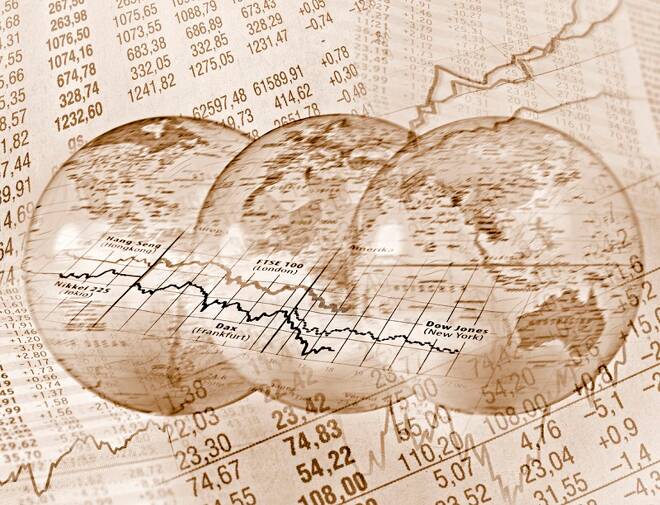Advertisement
Advertisement
European Equities: It’s All Eyes and Ears on the Oval Office. What’s Next?
By:
A quiet day on the economic calendar leaves the Oval Office as the main area of focus. What's the next move in the U.S - China trade war?
Economic Calendar:
Monday, 20th May
- German PPI m/m (Apr)
Tuesday, 21st May
- Eurozone Consumer Confidence Flash
Wednesday, 22nd May
- ECB President Draghi Speaks
Friday, 24th May
- German GDP q/q (Q1) Final
- German GDP y/y (Q1) Final
- French Manufacturing PMI (May) Prelim
- French Services PMI (May) Prelim
- German Manufacturing PMI (May) Prelim
- German Services PMI (May) Prelim
- Eurozone Manufacturing PMI (May) Prelim
- Eurozone Markit Composite PMI (May) Prelim
- Eurozone Services PMI (May) Prelim
- German Ifo Expectations
- Ifo Current Conditions (German)
- Ifo Business Climate (German)
- ECB Monetary Policy Meeting Minutes
The Majors
The majors closed out the week on the back foot, though the losses weren’t enough to reverse gains made from earlier in the week.
The DAX led the way down on Friday, falling by 0.58% to end the week with a 1.49% gain. The CAC40 and EuroStoxx600 saw more modest losses of 0.18% and 0.36% respectively.
For the week, the CAC40 led the way, rallying by 2.08%, while the EuroStoxx600 gained 1.16%.
The Stats
On the data front, the stats were limited to the Eurozone’s April finalized inflation figures. The stats provided little support to the majors, in spite of inflation continuing to sit well below the ECB’s target.
According to Eurostat, the annual rate of inflation came in at 1.7% in April 2019, up from 1.4% in March 2019. The final figure was in line with prelim and forecasts.
Contribution to the uptick in inflation came from services (+0.86pp), energy (+0.51pp), food, alcohol & tobacco (+0.29pp) and non-energy industrial goods (+0.06pp).
The annual rate of core inflation, however, stood at just 1.3% in April, up from 1.0% in March, while in line with core inflation in both January and February of this year. From an ECB perspective, the core numbers are certainly not going to shift sentiment towards monetary policy near-term.
From elsewhere, economic data out of the U.S provided support. Impressive consumer sentiment numbers gave the majors a boost late on.
The Market Movers
For the DAX, it was red throughout the day, while the CAC managed to briefly move into positive territory in the early part of the session.
Weighing on the DAX through the day was BMW, which slid by 5.75% on the day. Daimler (-1.07%); Volkswagen (-0.64%) and Continental (-0.31%) also saw red on the day.
Joining autos in the red were bank stocks, with Deutsche Bank and Commerzbank ending the day down by 0.90% and 1.39% respectively.
BNP Paribas ended the day down by 1.25%, with UniCredit S.p.A sliding by 2.01%.
Negative sentiment towards the U.S – China trade war weighed on both sectors through the day.
The Day Ahead
It’s a particularly quiet day ahead on the economic data front. German wholesale inflation figures are due out later this morning.
The numbers are unlikely to have an impact on the majors through the day.
It was a mixed Asian session this morning, a lack of progress on the U.S – China trade talks continues to be a negative near-term. While there are hopes of progress at next month’s G20 Summit, the latest move against Huawei muddies the waters.
News of U.S companies halting the supply of software and components to Huawei in response to the U.S administration ban is also negative.
At the time of writing, the DAX30 was down by just 12 points. The U.S futures were positive, however, with the Dow Mini was up by 78 points.
U.S economic data has shown that the economy has been resilient to date, in spite of the extended trade war. It’s not been quite the same for the EU and China…
About the Author
Bob Masonauthor
With over 28 years of experience in the financial industry, Bob has worked with various global rating agencies and multinational banks. Currently he is covering currencies, commodities, alternative asset classes and global equities, focusing mostly on European and Asian markets.
Did you find this article useful?
Latest news and analysis
Advertisement
